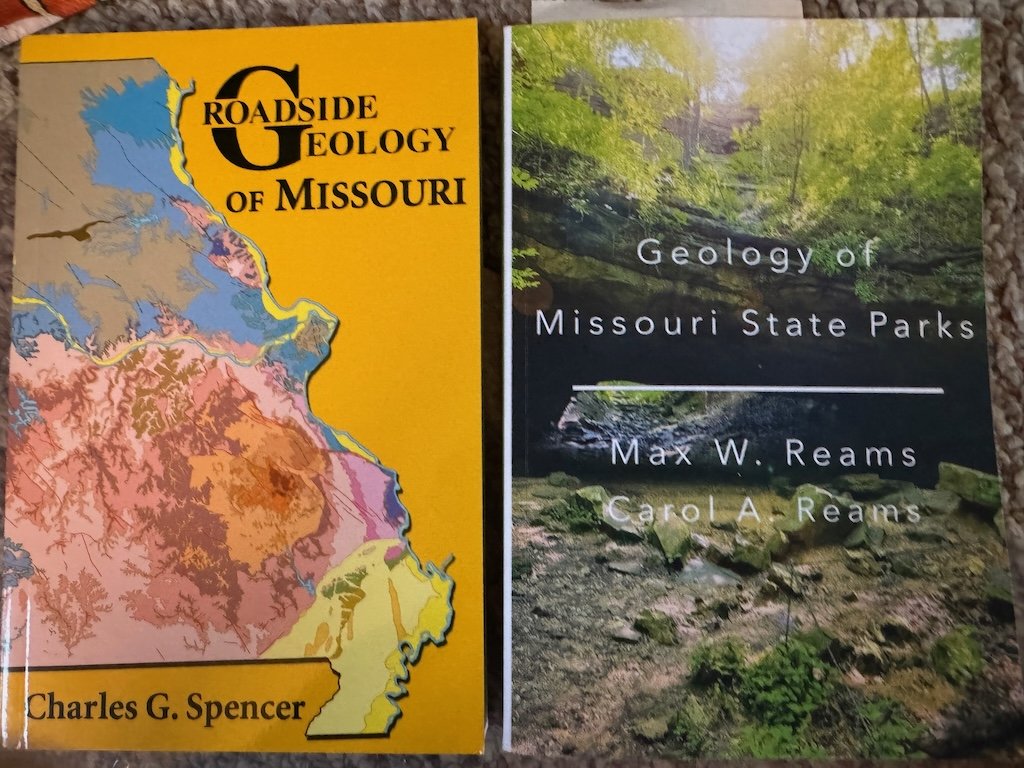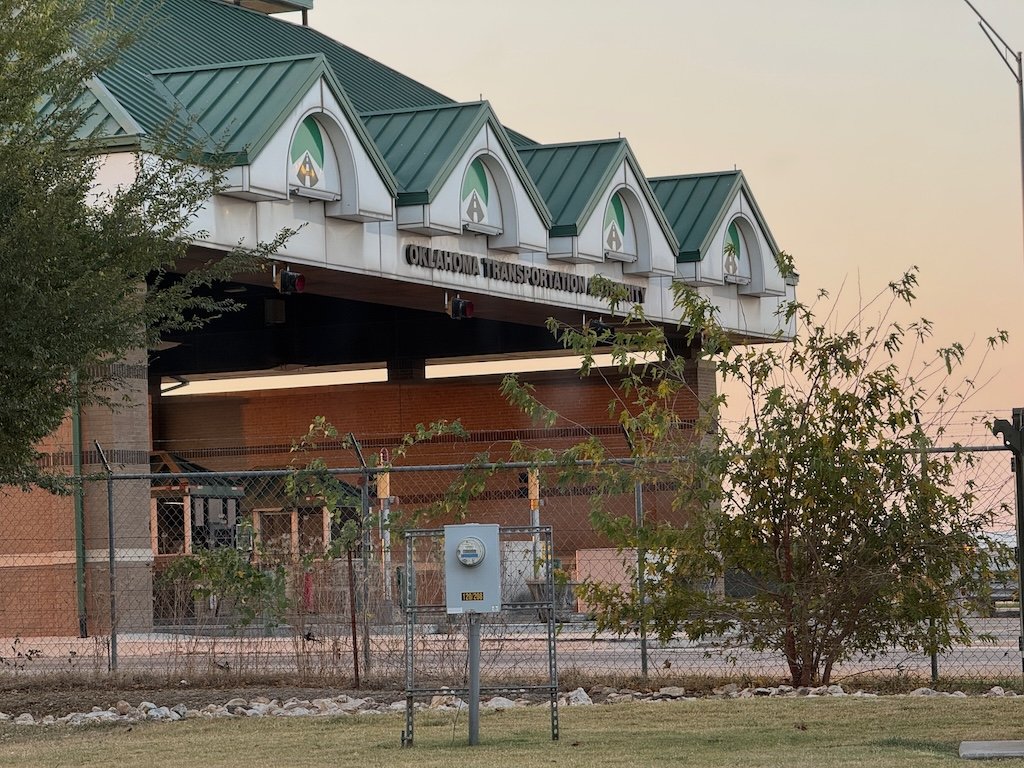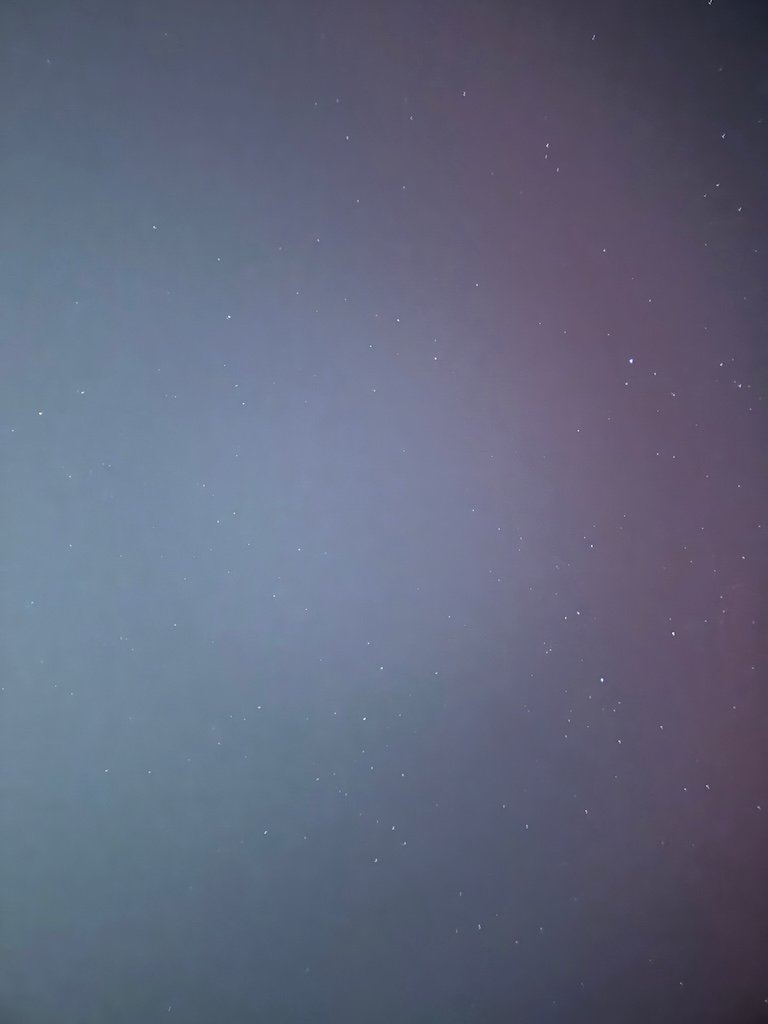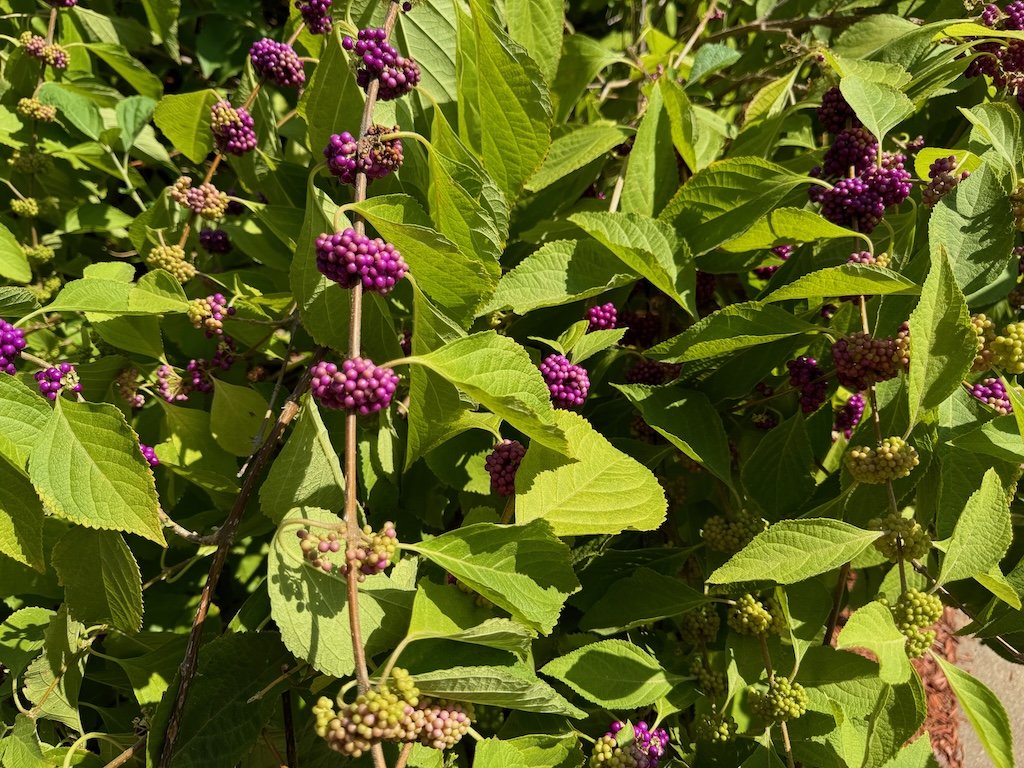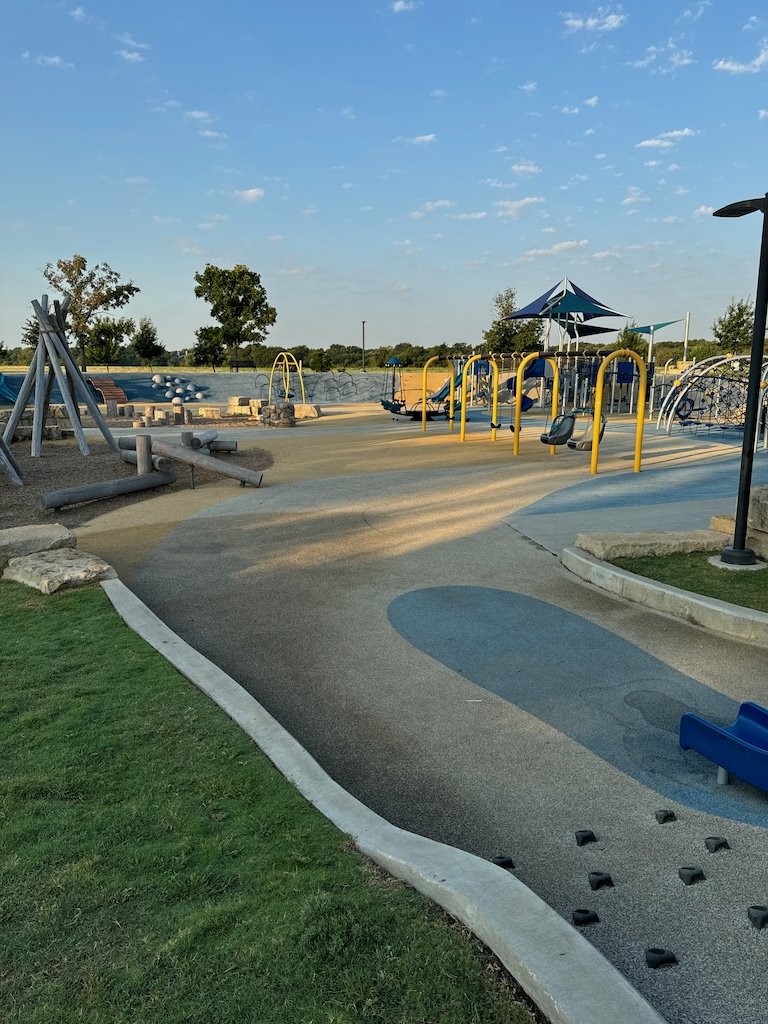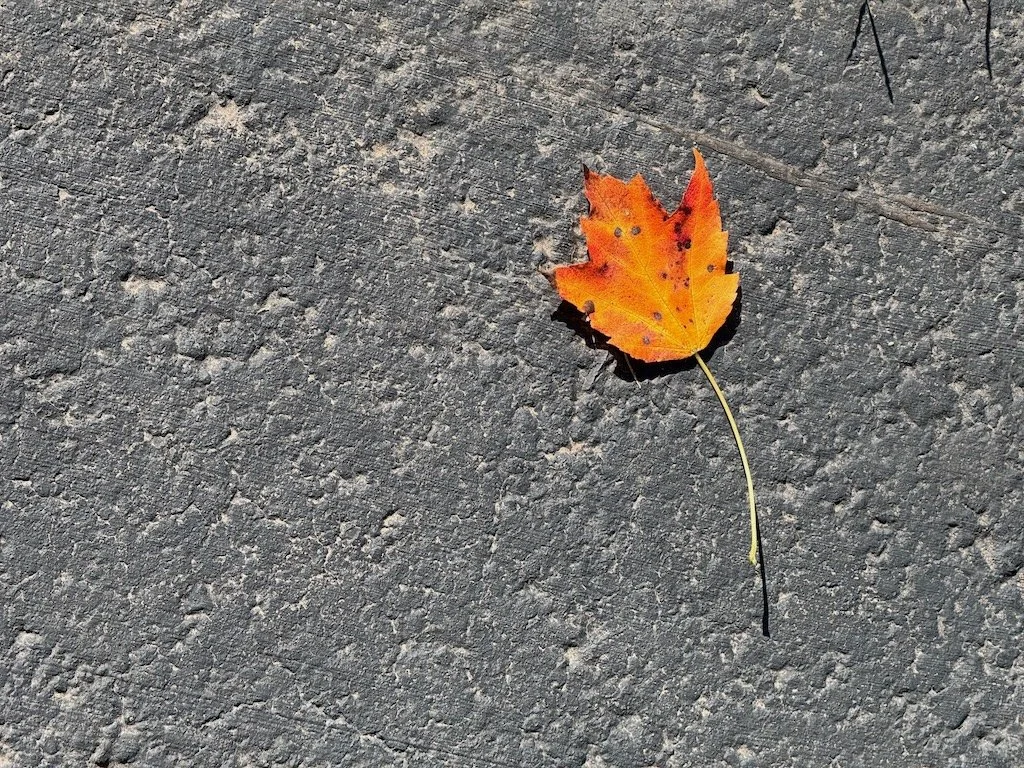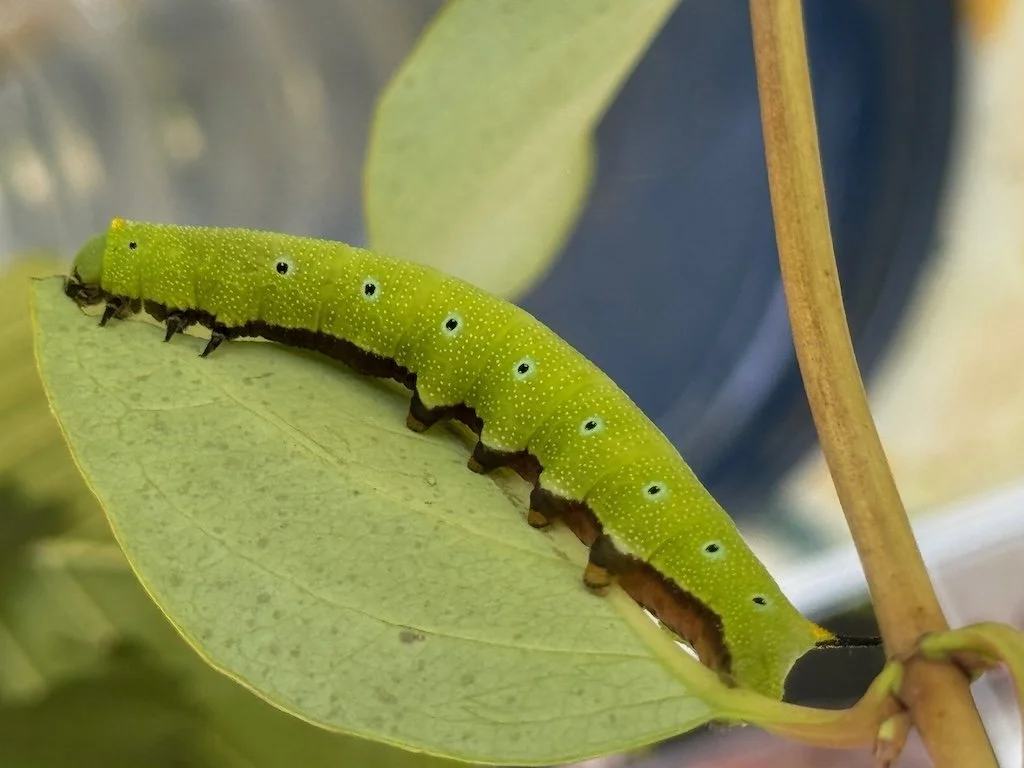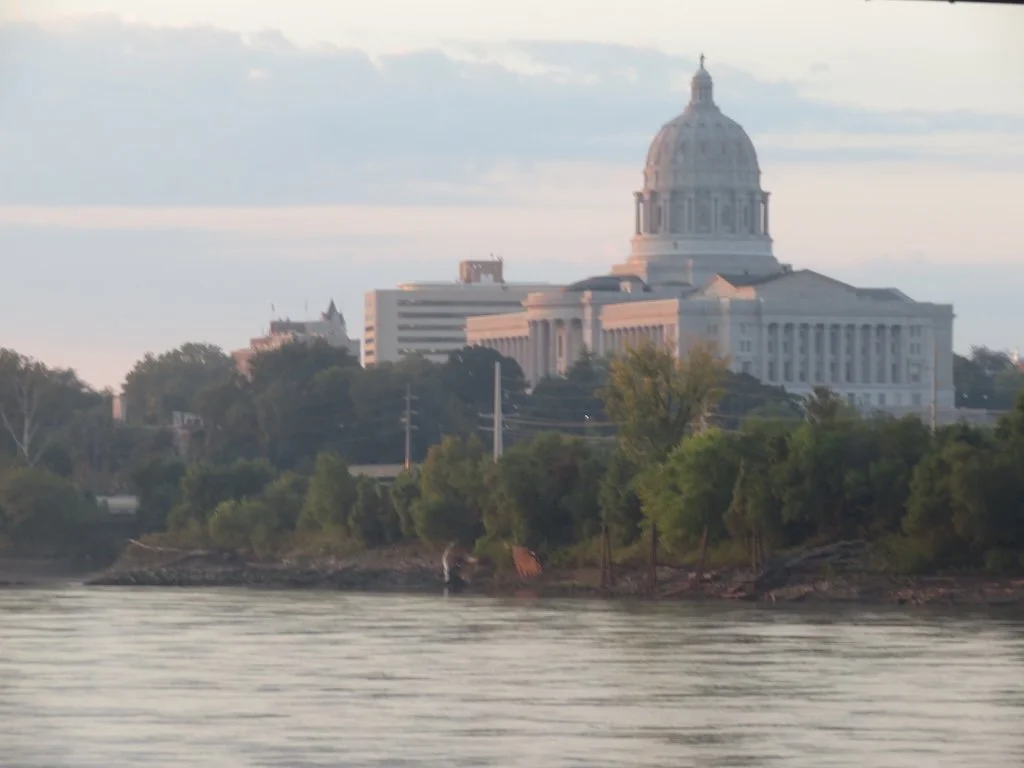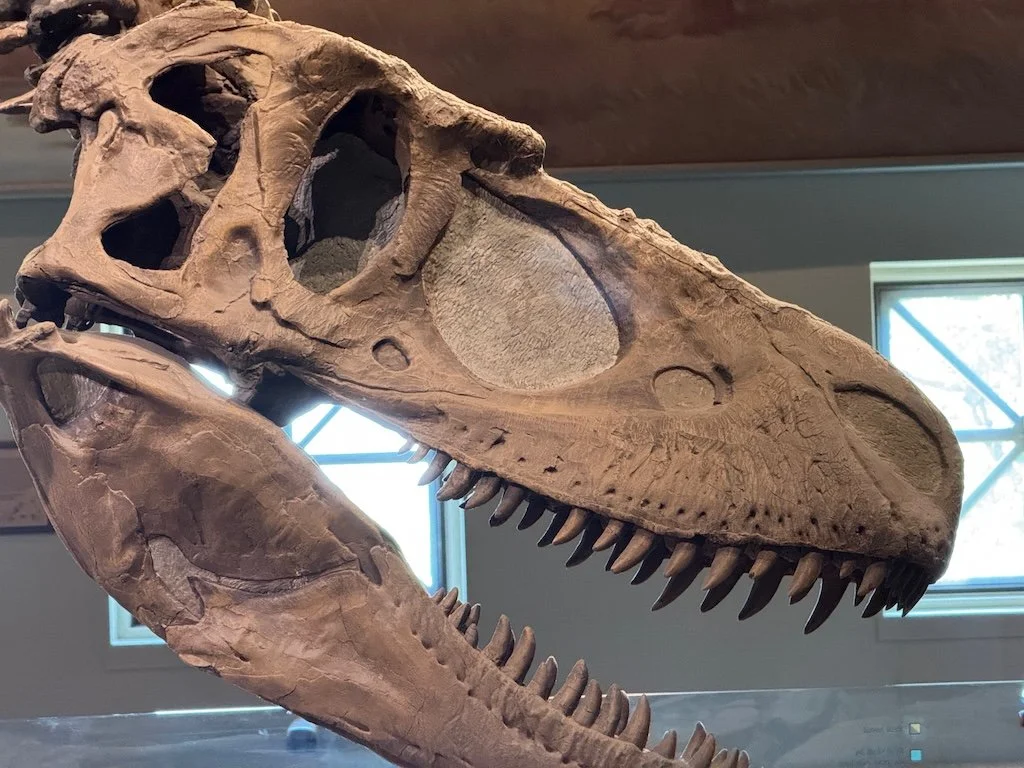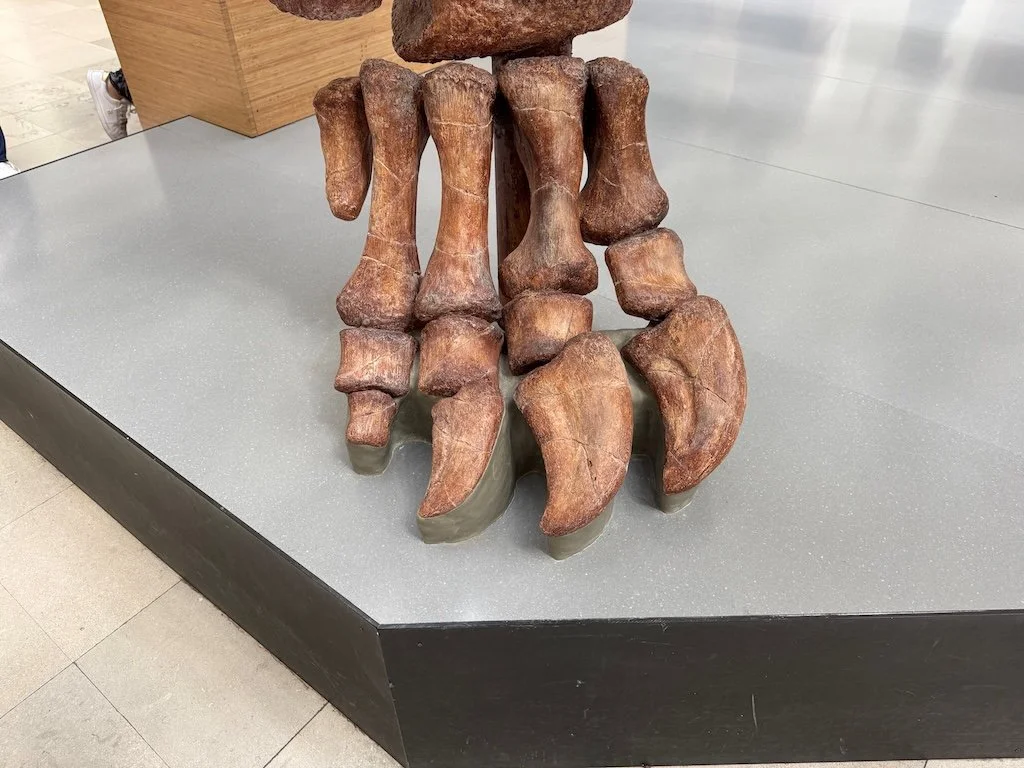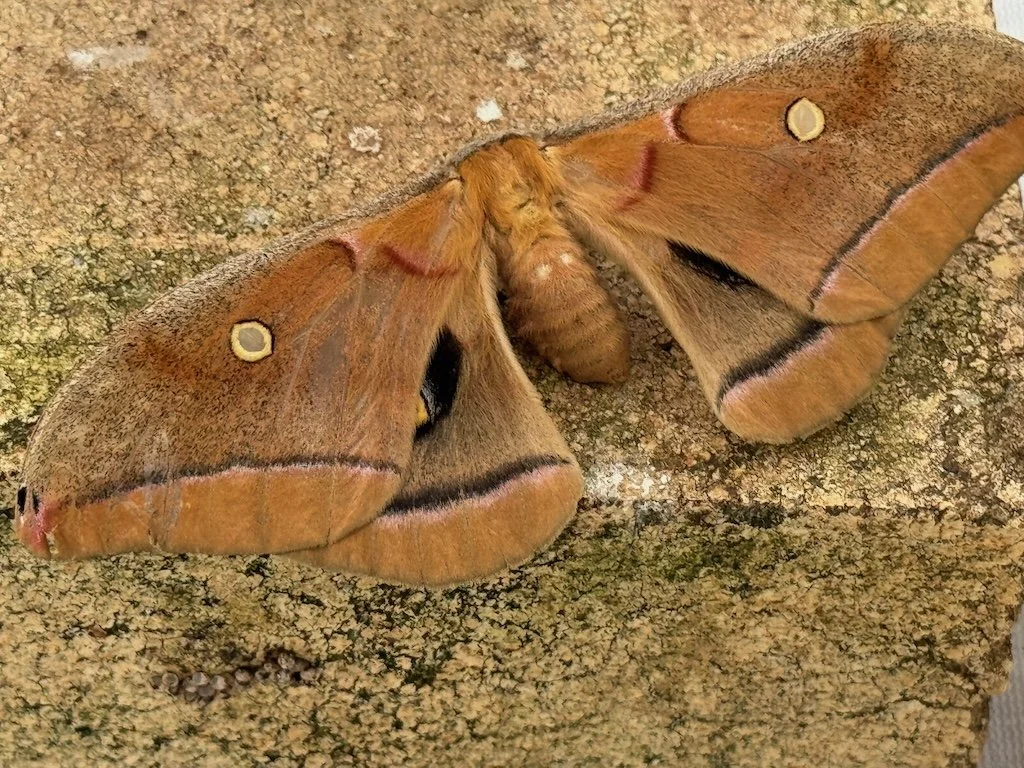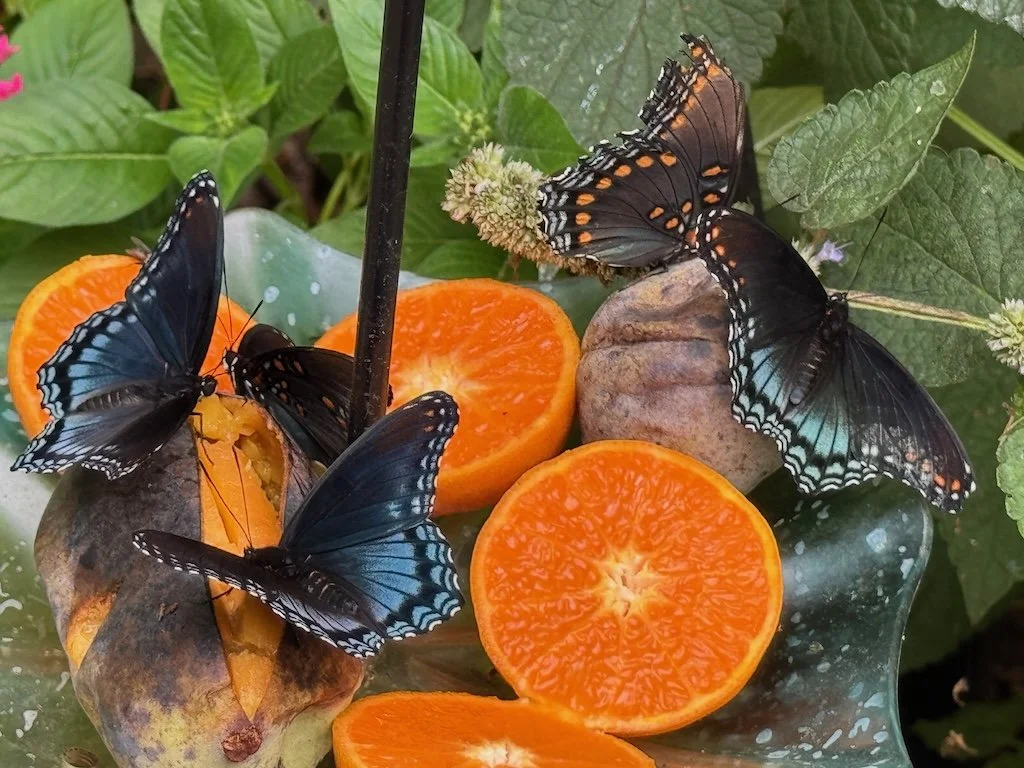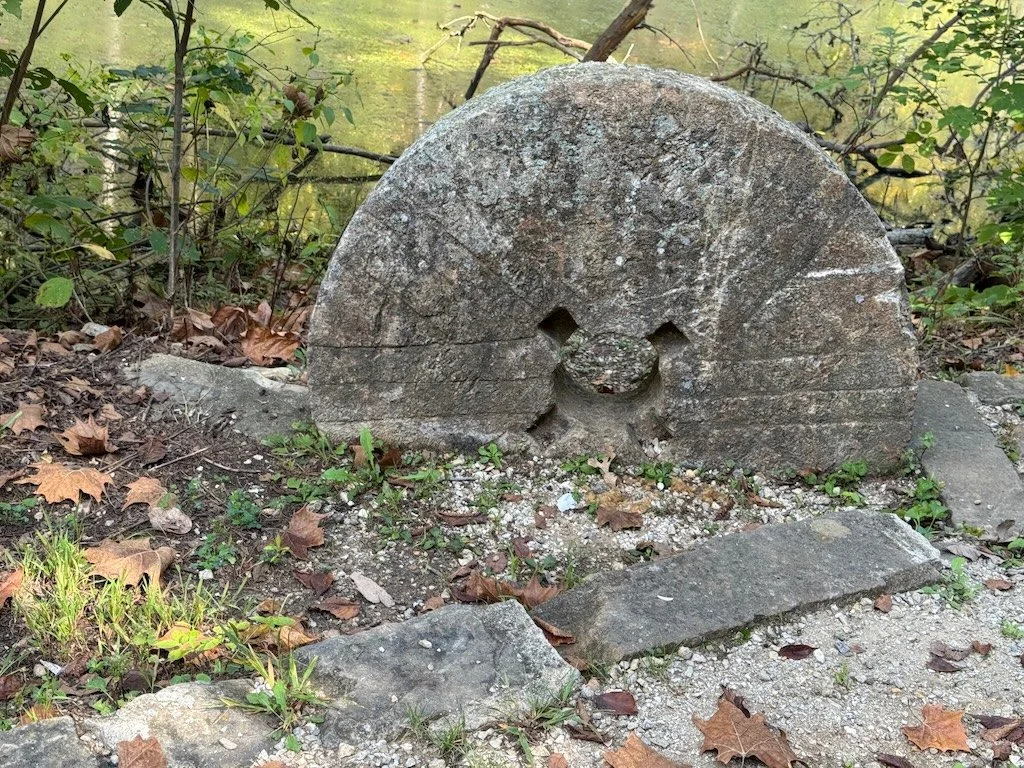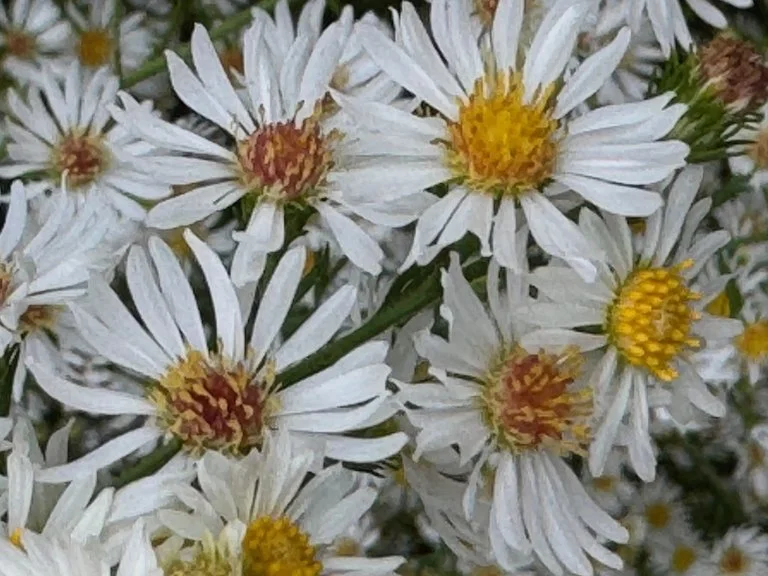Missouri Master Naturalist Training – Week 8
/Week 7 of Missouri Master Naturalist consisted of two sessions: a lecture on Fungi that was part of the monthly chapter meeting and two lectures in our regular class: Snakes of Missouri and Endangered Species and Conservation. I took notes during all three! I particularly enjoyed the photographs in the fungi lecture, the snake experiences from a place we had visited for a field trip, and the example used for talking about endangered species (freshwater mussels). I still have a lot of materials from the Missouri Department of Conservation that were on the handout table to browse through from the regular class: salamanders, snakes, mushrooms, lizards, crayfish, toads and frogs, caves and karst, Missouri fishes.

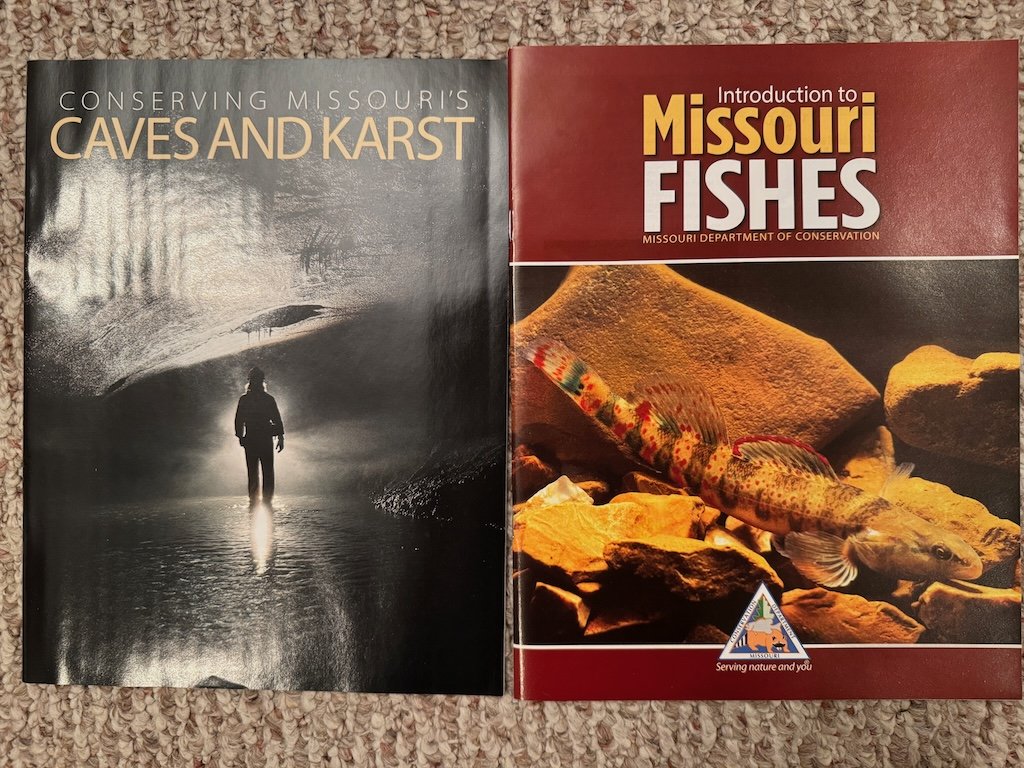
During week 8, I also took action to learn more about Missouri geology on my own since it is not a topic that was covered in the training….starting with two books: Roadside Geology of Missouri by Charles G. Spencer and Geology of Missouri State Parks by Max W. Reams and Carol A. Reams. The second book is the most current – copyrighted in 2022; about 25% of the books is an overview of Missouri geology and then there are sections for state parks by physiographic region. I’ll start with the state parks since it seems safer than stopping at road cuts…although I might keep the Roadside Geology in the car for when my husband is driving, and I can observe as we are on the road.
Next week is graduation week! The time has flown by. I have an evaluation form that I am completing this weekend.

